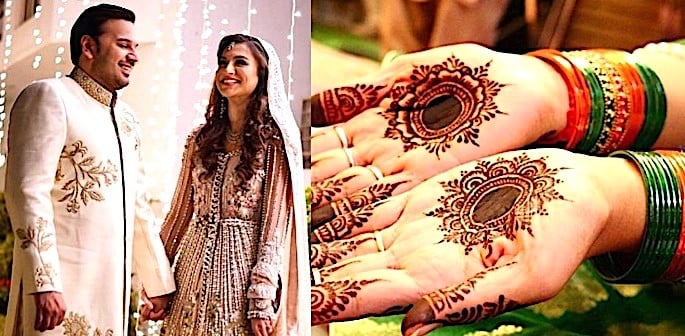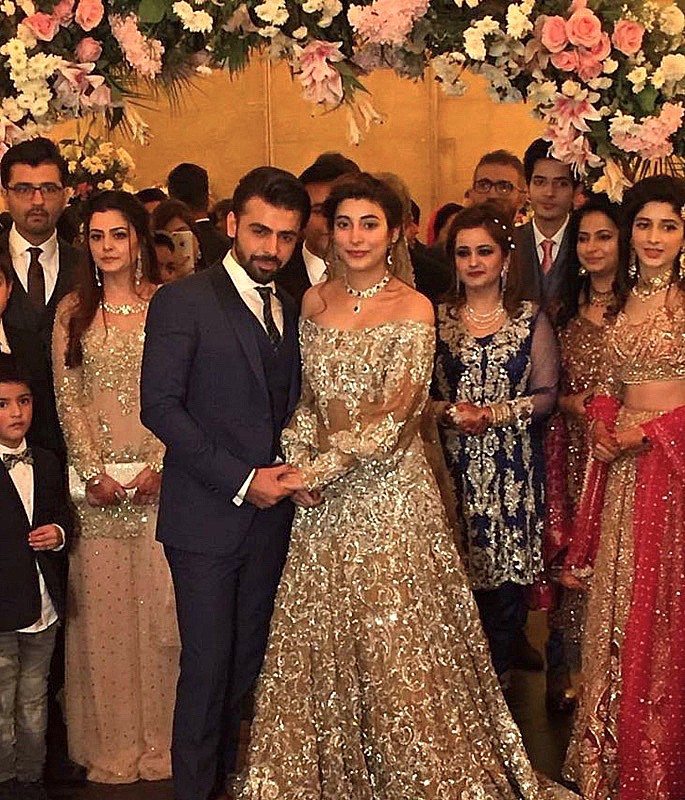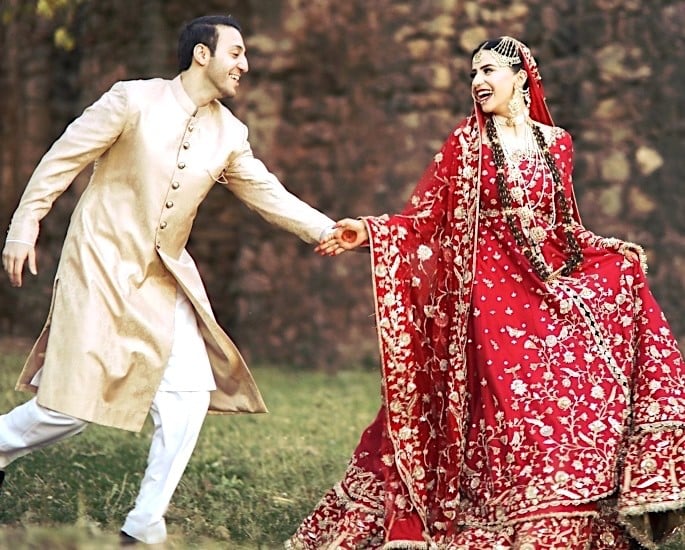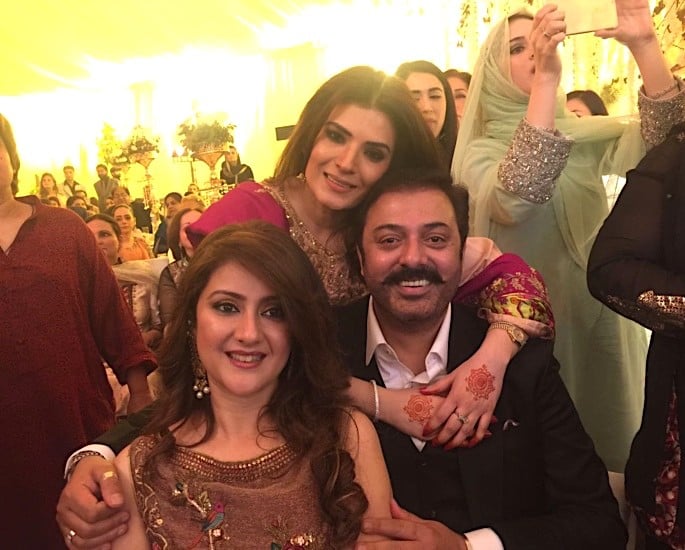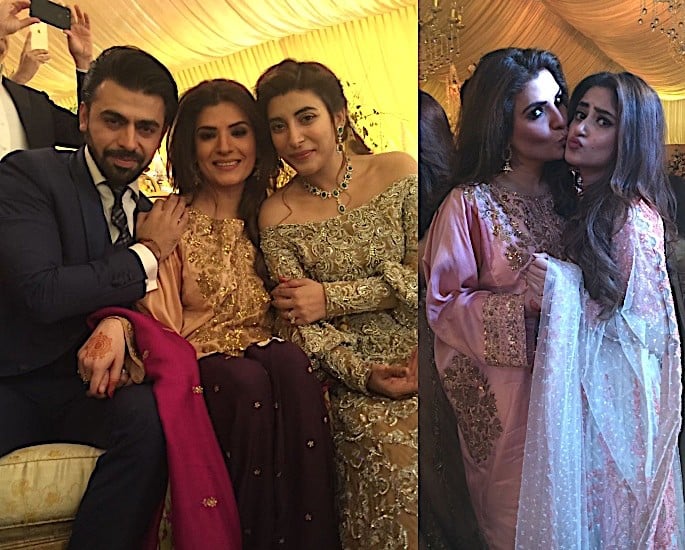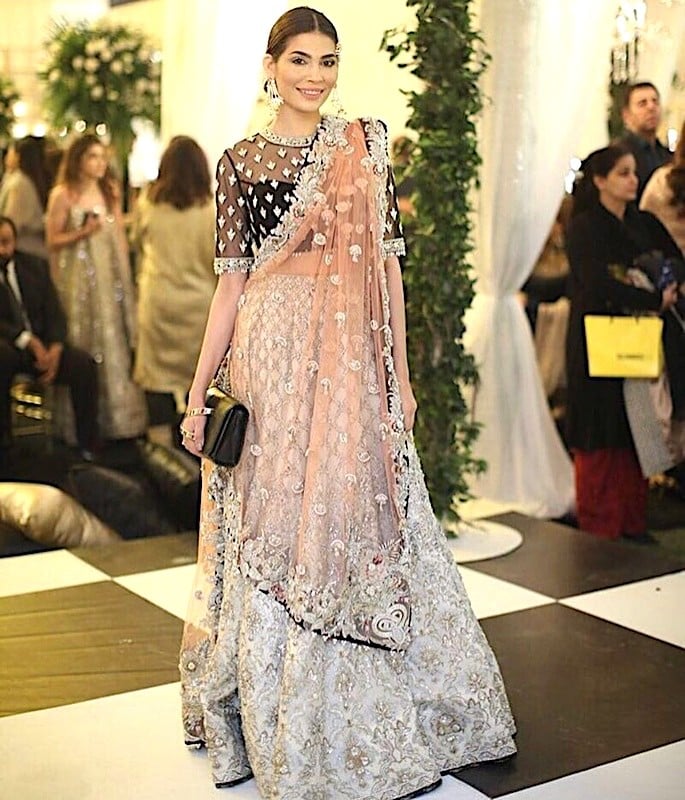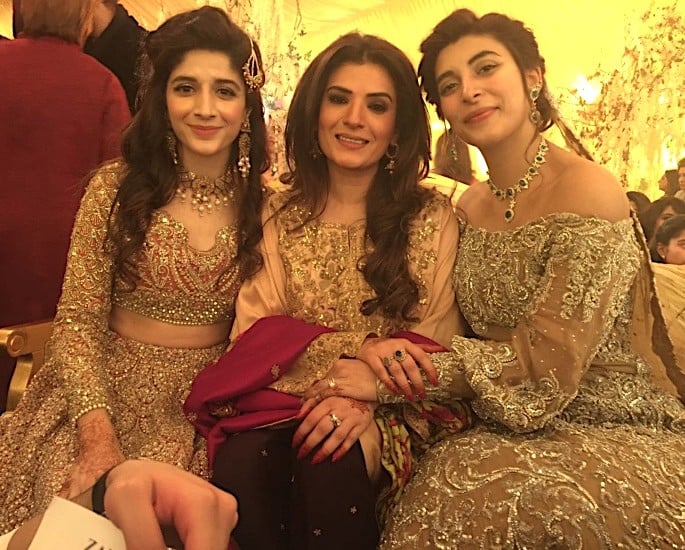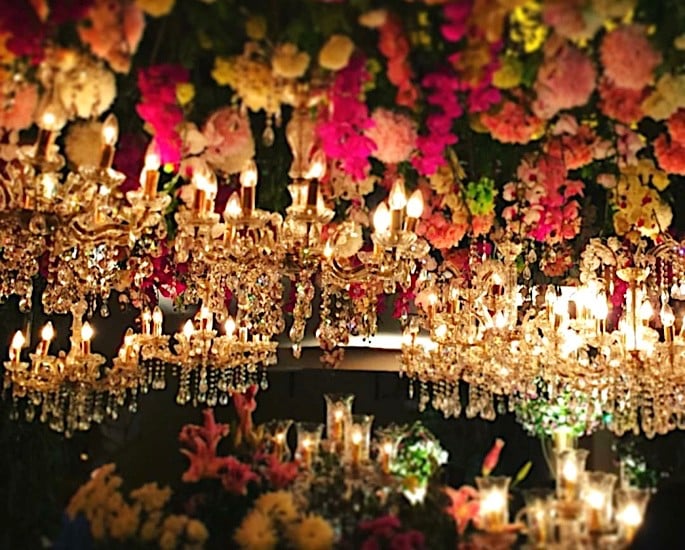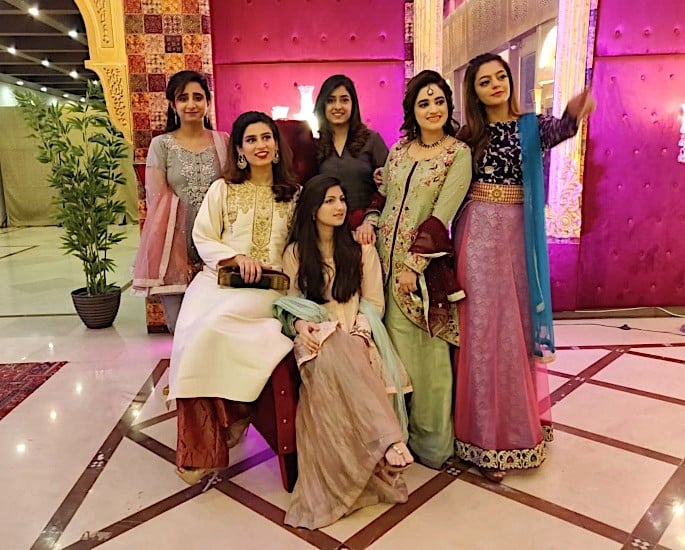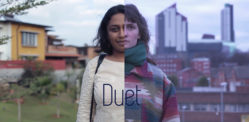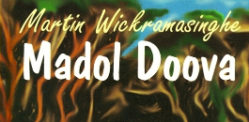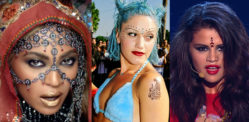"The Shendi has put an end to it, and now one function has it all."
Shendi and Shalima are becoming widely popular wedding events across the wedding culture of Pakistan.
Fast and smart, Shendi and Shalima are events combining two functions in one.
In some cases, it can also include more than two events in one – to even have the complete wedding on one day.
Guests enjoy these events more, with hosts having fewer expenses. This is a win-win for all.
As part of the wedding preparations, both families can gather together and decide if they want a Shendi or a Shalima.
From the common man to celebrities, many are choosing Shendi or Shalima for their wedding. With weddings galore taking place in Pakistan, both events are a good option.
For either event, families can share the costs and duties, along with a shorter duration for the festivities.
Both functions require fewer clothes to think about. With these events not dragging on, they can also be less draining, especially for elders.
DESIblitz presents Shendi and Shalima, two growing events in the big cities of Pakistan, which have the potential to become trendsetters worldwide:
Shendi
Shendi is where the grand ‘shaadi,’ as in the ‘barat’ (grooms procession) or wedding reception and the extravagant ‘mehndi’ take place on the same day.
Even though there is pressure to host big fat weddings in Pakistan, there is a financial burden on families.
As a result, Shendi has come into existence. People are opting to this dual function for their convenience, cost factor and reduction of time.
The middle class are settling for a Shendi more in comparison to the elite group. Barring a few, the elite class still prefer to have a number of events and that too separately.
Shendi is a formal function where the bride and groom arrive at the ceremony venue. The event includes customary ‘mehndi’ features such as ‘thaals’ (plates) and dancing from both sides.
Due to a shortage of time, there is no ‘rasm-e-henna.’ Hence ‘mehndi’ is not put on the hand of either the bride or groom. They are also not fed any confectionary sweets.
With most people in Pakistan like dancing during weddings, it is good to amalgamate both functions. Thus there is plenty of entertainment during the Shendi.
Watch a dance at a Shendi in Pakistan:
https://www.instagram.com/p/Bk0WaS_n9Ic/?utm_source=ig_web_copy_link
Besides the fungama, people mingle with each other and have some delicious food, prior to the ‘rukhsati’ (sending off), where the bride leaves with the groom.
Like the ‘barat,’ the hosts only serve one dish during the Shendi, which comprises salad or soup, rice, curry, a mix of roti-naan, dessert and tea.
On the Shendi, the bride and groom tend to dress in one outfit.
The groom will normally wear a sherwani or prince coat in black, ivory or gold. Depending on taste some people will go for more or less embroidery.
Integrating ‘mehndi’ and ‘shaadi’ colours, the bride will wear a red, gold, coral or peach lehenga (long circular skirt with short, long kurti or peplum).
The girl can also wear a sharara (two-legged flairs), maxi (long dress), gharara or gharara pants (two legged with gatherings).
From the brides’ side, girls will wear more shararas and lehengas. Boys from the groom side will wear suits or kurta’s (upper garment).
Besides any simple Shendi function, most brides and girls wear more heavy jewellery as in comparison to a separate ‘mehndi’ and ‘shaadi.’
The Shendi stage for the bride and groom is fancy as seen during weddings.
Shendi normally takes place in the evening, but during the winter months, it is also held in the afternoon. This is because between December and February the weather in the day time is manageable.
The timings of Shendi is same as the ‘mehndi’ or ‘barat.’
Pakistani singer-songwriter Farhan Saeed and actress Urwa Hocane had a jovial Shendi, with many celebrities in attendance, dancing to some catchy tunes.
After attending a Shendi function in early 2018, Shireen Gheba, a freelance artist and writer had many positive things to say:
“While it was the typical Pakistani wedding, what I loved most about it was the fact that it was all over and done with, in one evening.
“All the festivities were compressed into one evening of two-and-half-hours.”
She adds:
“Personally, I dislike the amount of time that is wasted in our weddings with events going on for days and days.
“The Shendi has put an end to it, and now one function has it all. I really loved it because it was an ‘all-in-one-event.’ Nikah, mehndi, ruksati and waleema.”
Having attended two Shendi functions, Abarna Zafar from Lahore has a slightly different opinion about her future marriage as she mentions:
“If I was to choose I would definitely have a separate ‘mehndi’ and ‘barat.’ I would like to have more functions on my wedding.”
Shendi has more people attending in comparison to a typical ‘mehndi.’ Shendi is more equal to a ‘barat’ function.
Watch this magical Shendi here:

Shalima
Besides, Shendi, there is a growing culture of Shalima emerging in Pakistan. The Shalima is when the families of the bride and groom pitch in money together to hold one function.
The Shalima is an amalgamation of the ‘shaadi’ and ‘walima’ (marriage banquet). As it is a joint function, it involves the ‘barat,’ ‘rukshati’ and ‘walima.’ Therefore the Shalima can be a very grand affair.
Even though Shalima functions are taking place, Shendi is happening more.
Similar to Shendi, Shalima is also more popular amongst the middle class. This is because such families want a more cost-effective wedding function.
Despite the Shalima being a combination of two functions or more, people can only serve one dish as per government ruling.
On the Shalima, the bride will dress in more light and pastel colours. Colours include silver, light green, grey and iris blue.
The groom will often wear a suit, matching their tie and handkerchief with the lehenga, sharara or gharara of the bride.
The chosen garment of the bride may have more embroidery on the blouse or the lehenga.
However, if the shirt or lehenga is simple, sometimes there is more embroidery on the dupatta.
On the Shalima, young ladies representing the bride will wear anything from a kurta to a maxi. On the other hand, young men will wear suits.
Abarna has not attended a Shalima, but has heard of friends who have been to such an event. Again preferring more individual events, she mentions:
“Obviously I prefer a ‘mehndi,’ ‘shaadi’ and ‘walima’ on separate days.”
Zainab ‘Gogi’ Kamaal from Bahria Town, Lahore who prefers all functions on one-day comments:
“Shalima is a shandaar way of celebrating a wedding and that too on one day.”
As in the case of Shendi, Shalima also takes place in a hotel, marriage hall, marquee or farmhouse.
Watch highlights of a Shalima here:

The Shendi and Shalima trend is good because weddings are very big in Pakistan. These two new concepts allow families to spend less, yet still have a magnificent occasion. This is primarily because families can split the costs.
Those who hold a Shalima may still have a small ‘mendhi’ in their house. And families who have a Shendi can also have a ‘walima.’
Dholki nights still take place prior to the Shendi and Shalima.
Whilst everyone has a choice when it comes to weddings, Shendi and Shalima are here to stay and may grow rapidly over time.



















































